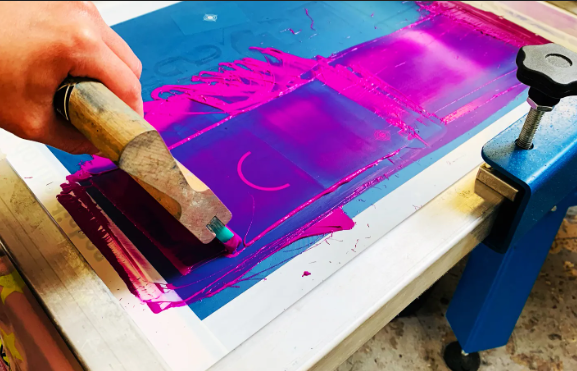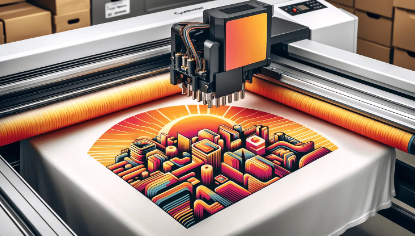
Top Tips For Keeping Screen Printing Costs Low
Screen printing is an excellent technique for producing vibrant and durable designs on various materials, but it can become expensive if not managed wisely. For businesses and individuals looking to keep screen printing costs to a minimum, implementing cost-saving strategies is crucial. In this blog post, we will explore effective tips and techniques to help you keep screen printing as low cost as possible without compromising on quality or creativity.
Planning and Design: Simplify Designs: Complex designs with multiple colors and intricate details require more time, materials, and labor, thereby increasing costs. Simplifying your designs to use fewer colors and simpler elements can significantly reduce screen printing expenses while maintaining a visually appealing result.
Optimize Size and Placement: Carefully consider the size and placement of your designs on the printing substrate. Large designs or designs covering a significant portion of the material will require more ink and screens, increasing costs. Finding the right balance between visibility and cost can help keep expenses in check.
Material Selection: Choose Cost-Effective Substrates: Consider the type of material you’ll be printing on and select cost-effective substrates that meet your requirements. Cotton and polyester blends are often more affordable than premium fabrics, while still offering good print quality and durability.
Bulk Ordering: When sourcing materials, take advantage of bulk ordering discounts. Buying larger quantities of t-shirts, hoodies, or other substrates from wholesale suppliers can significantly lower the cost per unit, reducing overall screen printing expenses.
Opt for Standard Sizes: Working with standard-sized materials can help minimize waste and streamline the printing process. Custom sizes may require additional setup time and incur additional costs. By choosing standard sizes, you can save on both material costs and production
Production Efficiency: Prepare Artwork Properly: Before sending your designs for screen printing, ensure that they are properly prepared. Providing print-ready files in the correct dimensions, resolution, and color mode can help avoid costly delays or rework caused by artwork issues.
Screen Reusability: Screens used for screen printing can be reused for multiple prints, reducing the need for additional screens and lowering expenses. Properly clean and store screens after each use to maximize their lifespan.
Batch Printing: Batch printing involves printing multiple designs or orders together, optimizing the use of time, labor, and materials. By grouping similar jobs, you can reduce setup time, minimize ink waste, and increase overall production efficiency.
Outsourcing and DIY Options Compare Printing Services: When considering screen printing for larger projects, it may be cost-effective to outsource the printing to a professional service. Compare quotes from different printing companies to find the best balance between quality and affordability.
DIY Screen Printing: For smaller projects or occasional printing needs, exploring DIY screen printing can be a cost-effective option. There are affordable screen printing kits available that provide the necessary tools and instructions for beginners to get started.
Screen printing doesn’t have to break the bank. By implementing these tips and techniques, you can keep screen printing costs low while still achieving high-quality results. From careful planning and design simplification to optimizing material selection and maximizing production efficiency, a strategic approach will help you save money without compromising on the final product. Whether you’re a business or an individual, these cost-saving strategies will empower you to embrace screen printing as an affordable and creative method for producing eye-catching designs.








